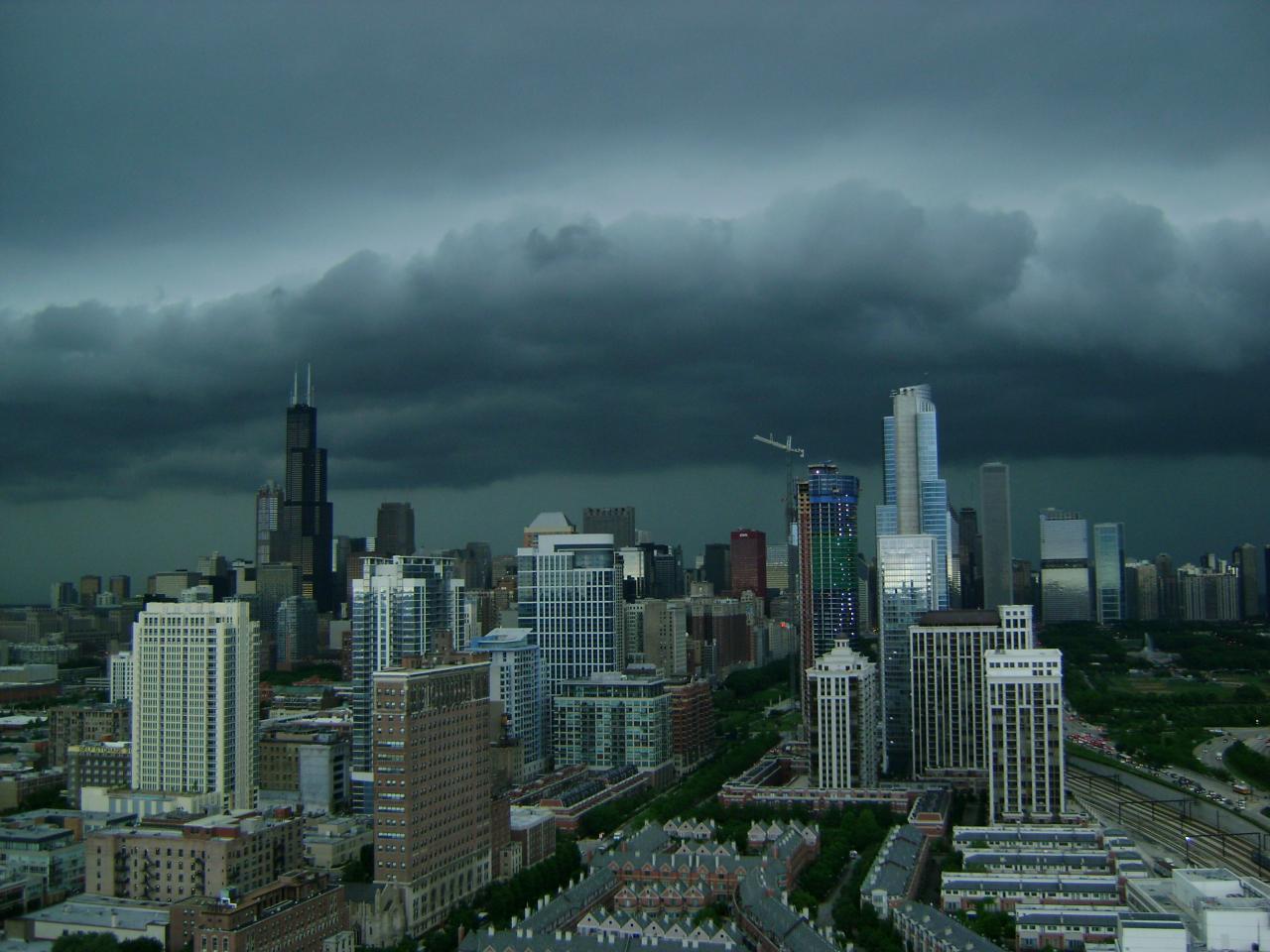Crews called to remove graffiti that damaged an historic mural in Chicago’s Humboldt Park neighborhood accidentally erased 200 feet of public art, leaving residents and the artist outraged.
Crews called to remove graffiti that damaged an historic mural in Chicago’s Humboldt Park neighborhood accidentally erased 200 feet of public art, leaving residents and the artist outraged.
The iconic artwork, described by its artist as “a deep expression of appreciation for Puerto Rican history and culture,” sat in the underpass at Bloomingdale and Pulaski for more than 25 years, officials said.
On Wednesday, all that could be seen where the colorful artwork once lived were two white concrete walls.
The incident was a mistake by the Chicago Department of Streets and Sanitation, according to Ald. Roberto Maldonado, who said he was not spoken to before the mural was painted over.
“At a minimum, they should have approached me and the alderman of the 35th ward to discuss the mural like they do for other things,” Maldonado wrote on Facebook. “I would have invested to restore the mural, there are ways to paint over graffiti as we are doing with other murals in our community.”
The Department of Streets and Sanitation acknowledged the error and said it recognizes the importance of public art.
Artist Sandra Antongiorgi, who painted the mural alongside other artists in 1992, said when she heard the artwork had been “whitewashed” she was shocked.
Local
“I find it ironic that instead of performing a simple spot coverage, as they systematically do on other pieces throughout the city, they apparently took the time to completely cover a mural that spans 200 feet,” she wrote. “Whitewashed. It’s hard to divorce that term from what is happening to the neighborhood itself. It’s a symbolic and careless erasure of the Puerto Rican presence.”
She called for residents to submit complaints about the mural’s erasure to 311.
“In the larger context of what is happening to communities of color, and specifically Puerto Rican people on the island, it feels like our culture, our art, our stories and our people are expendable,” she wrote. “I am here to tell you that We Are Not.”
Maldonado, who said another mural painted by his late friend Gamaliel Ramirez met a similar fate when it was removed during the construction of the 606 Trail, said he is committed to finding money so the mural can be redone.
“I’m sure the city has learned its lesson and I’m sure it’ll never happened again,” he said.
The Department of Streets and Sanitation said it plans to work with residents to make sure city murals are protected.



